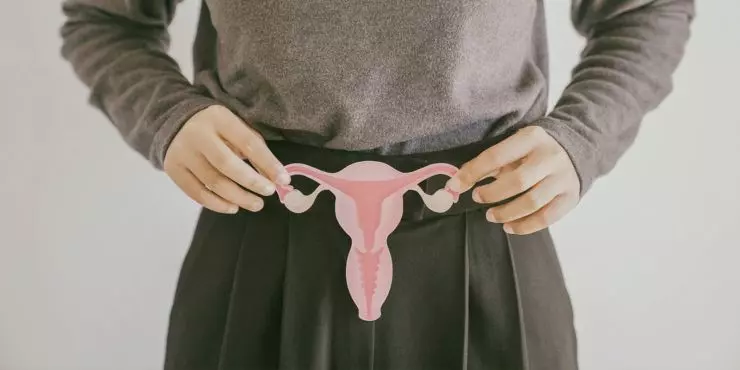
The month of March marks the start of Endometriosis Awareness Month. Many women experiencing this condition will go undiagnosed or misdiagnosed due to the lack of education about this disease. Let us take this opportunity to help spread awareness by explaining the disorder, symptoms, and treatment options.
What is Endometriosis?
Endometriosis is a chronic and painful medical condition affecting the tissue lining inside the uterus, known as the endometrium. In endometriosis, this tissue grows outside the uterus. It can attach to other organs in the pelvic area, such as the ovaries, fallopian tubes, bladder, and intestines. As a result, these endometrial growths can cause discomfort, pain, and other symptoms, which can significantly impact a person's quality of life.
Endometriosis is estimated to affect approximately 10% of women of reproductive age and is a leading cause of infertility. Despite its prevalence, the exact cause of endometriosis is unknown, and there is no cure.
Symptoms
The symptoms of endometriosis can vary from person to person, but some of the most common symptoms include the following:
Painful periods: Women with endometriosis may experience severe menstrual cramps and lower abdominal pain lasting several days.
Pain during sex: Endometrial growths can cause pain or discomfort during sexual intercourse.
Infertility: Endometriosis can cause infertility by affecting the function of the fallopian tubes, ovaries, and other reproductive organs.
Bowel and bladder symptoms: Endometrial growths in the pelvic region can cause bowel and bladder symptoms, such as pain, discomfort, and frequent urination.
Fatigue: Endometriosis can cause chronic fatigue, making it difficult for women to perform daily activities.
Diagnosis
Diagnosis of endometriosis often requires a combination of medical and surgical approaches, including a physical exam, imaging tests, and a laparoscopic procedure to look inside the pelvic region and confirm the presence of endometrial growths.
Treatment
Treatment for endometriosis typically involves a combination of pain management, hormone therapy, and surgery. Over-the-counter pain relievers, such as ibuprofen, can help alleviate menstrual cramps and other symptoms. Hormone therapy, such as birth control pills, can help reduce estrogen production and regulate menstrual cycles, reducing pain and other symptoms. In some cases, surgical removal of endometrial growths may be necessary to manage pain and improve fertility. Some patients struggle to get pregnant and may seek help from assisted reproductive technology like IVF to have a baby.
Living With Endometriosis
Living with endometriosis can be challenging, but many resources are available to help women manage their symptoms and improve their quality of life. Support groups, counseling, and other forms of emotional support can help women with endometriosis feel less alone and more equipped to cope with their condition. Remember, your doctor is your number one resource to further answer any other questions or concerns.
We highly encourage you to read Carmen’s story, she shares her first-hand experience with us on her symptoms, diagnosis and treatment.